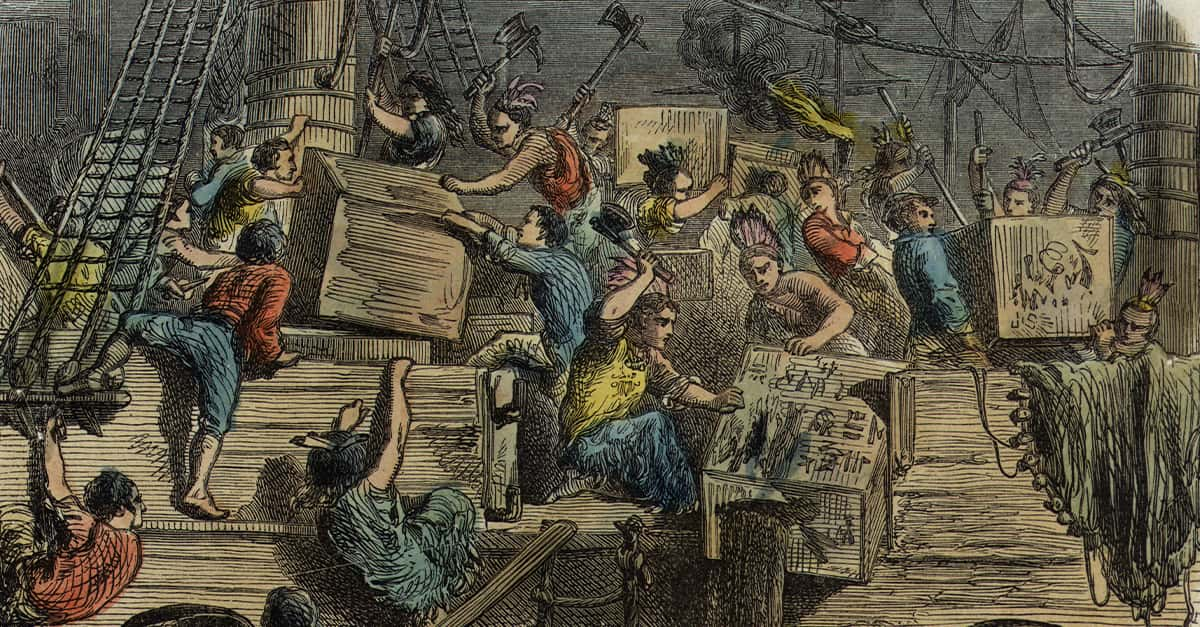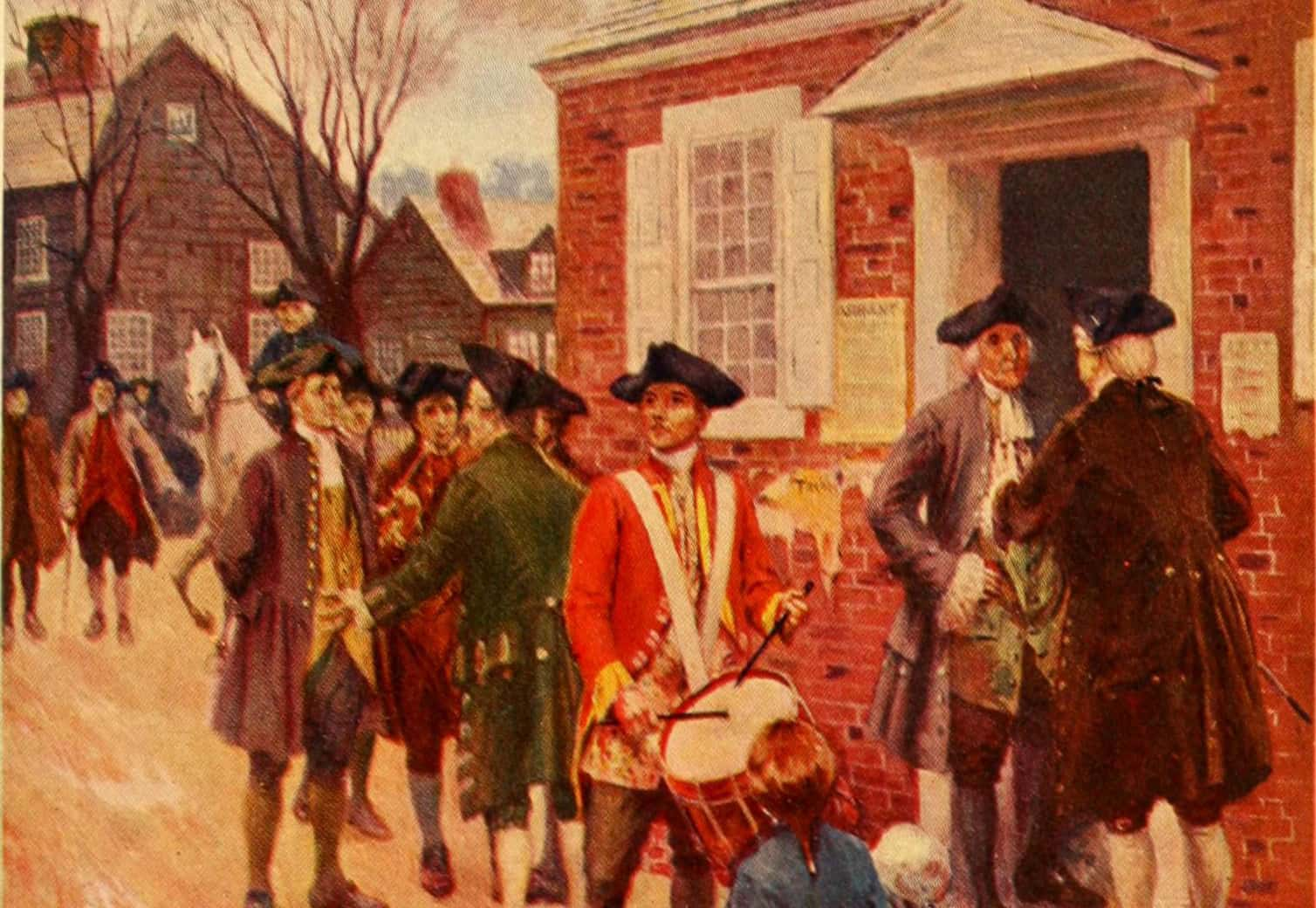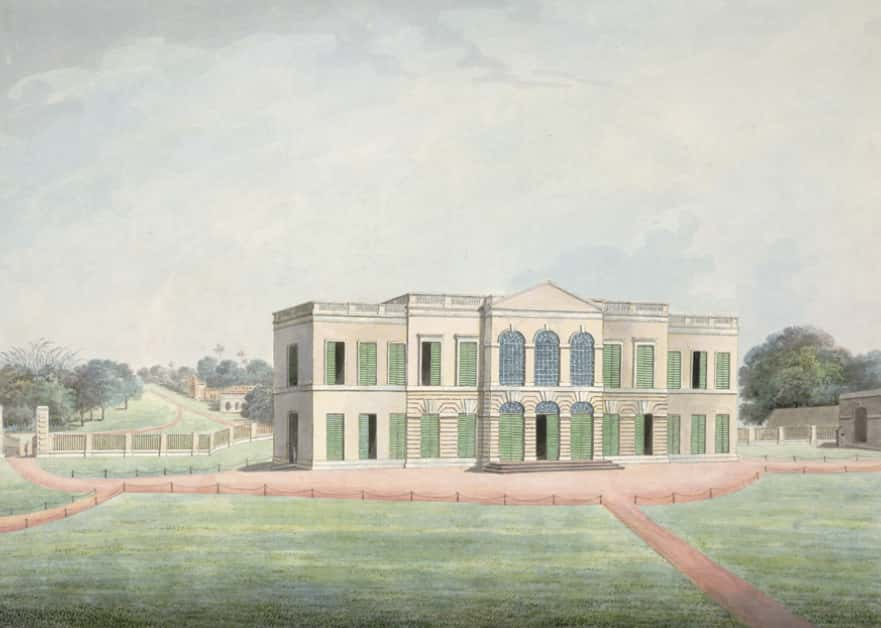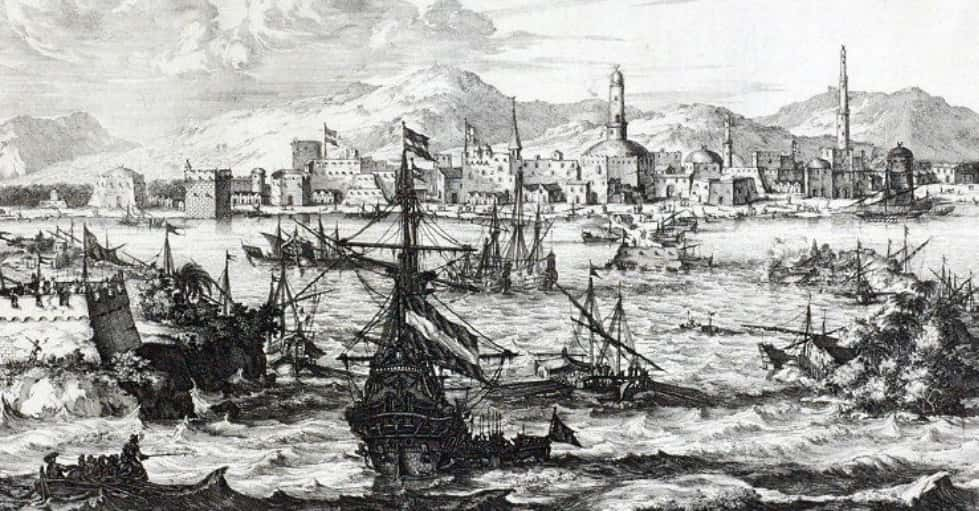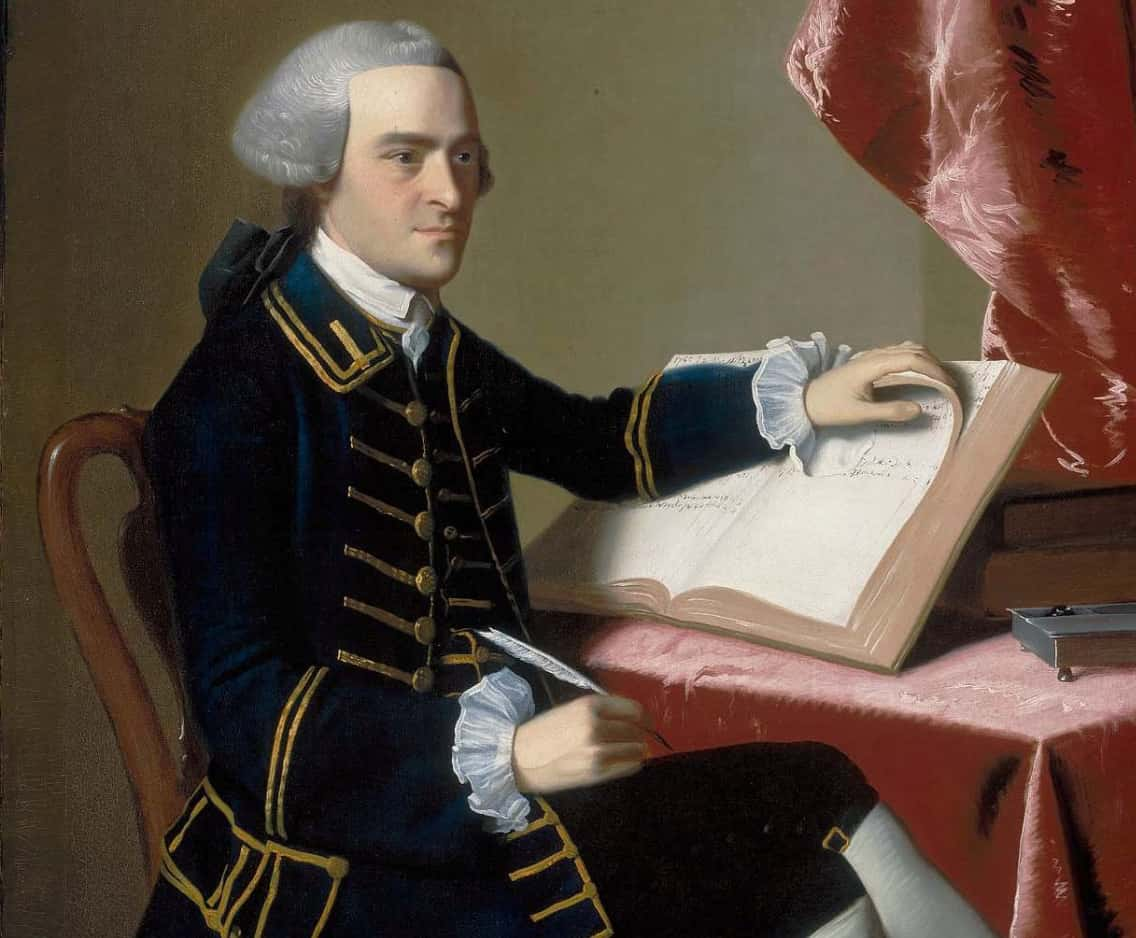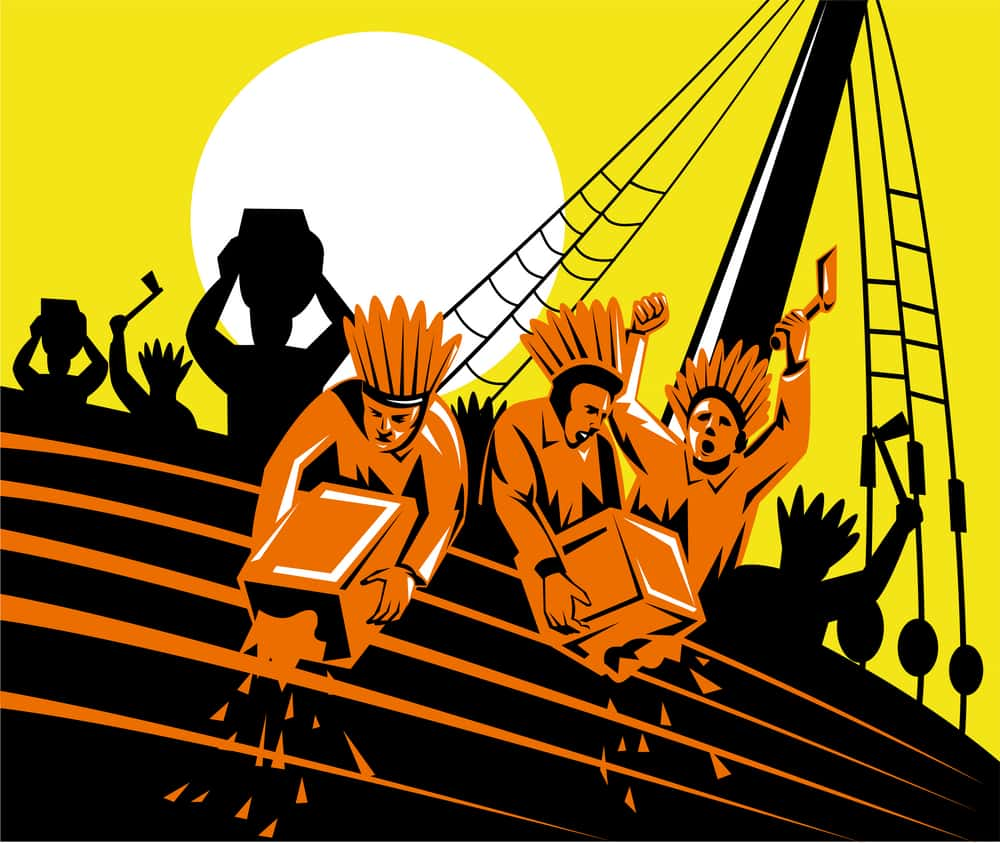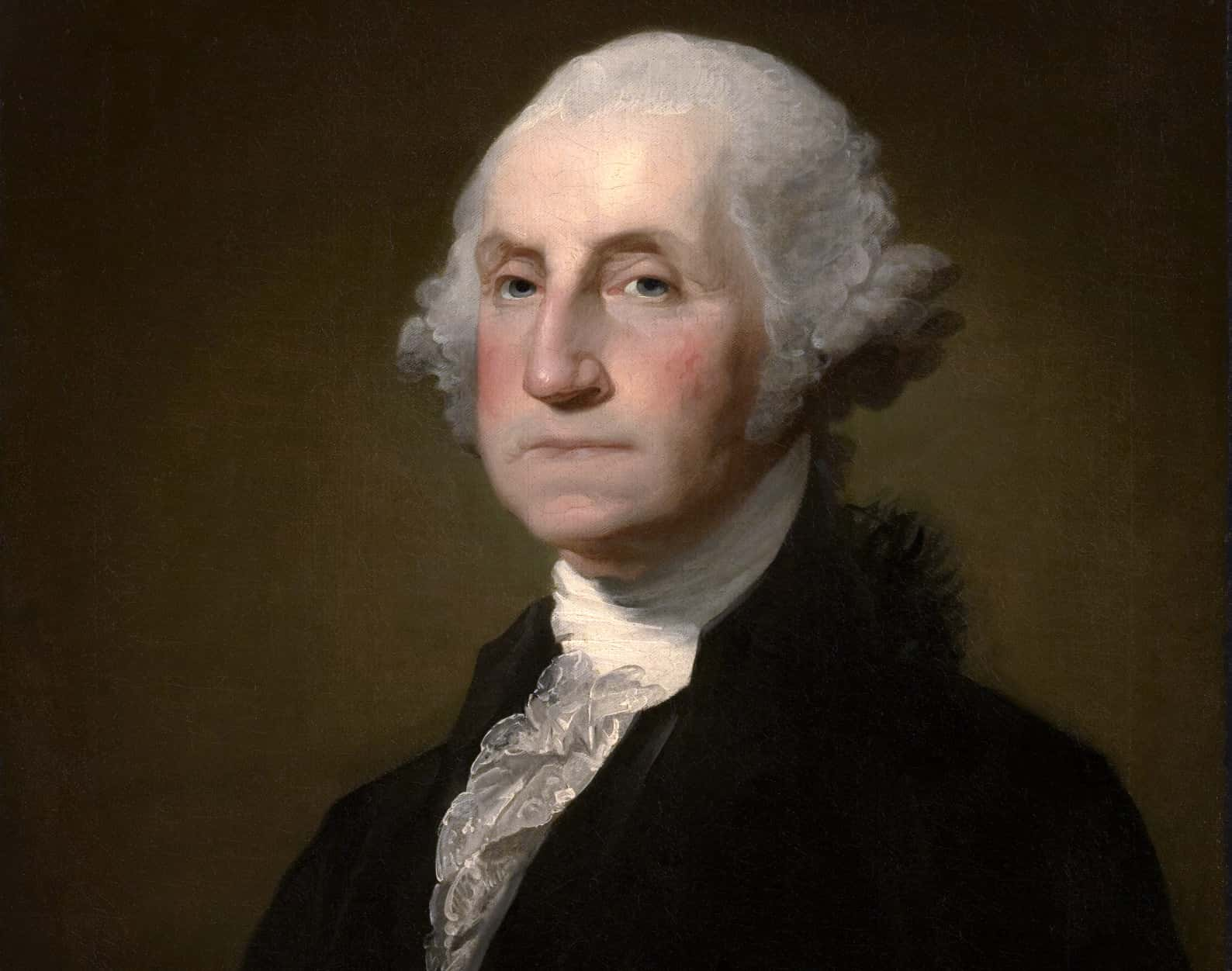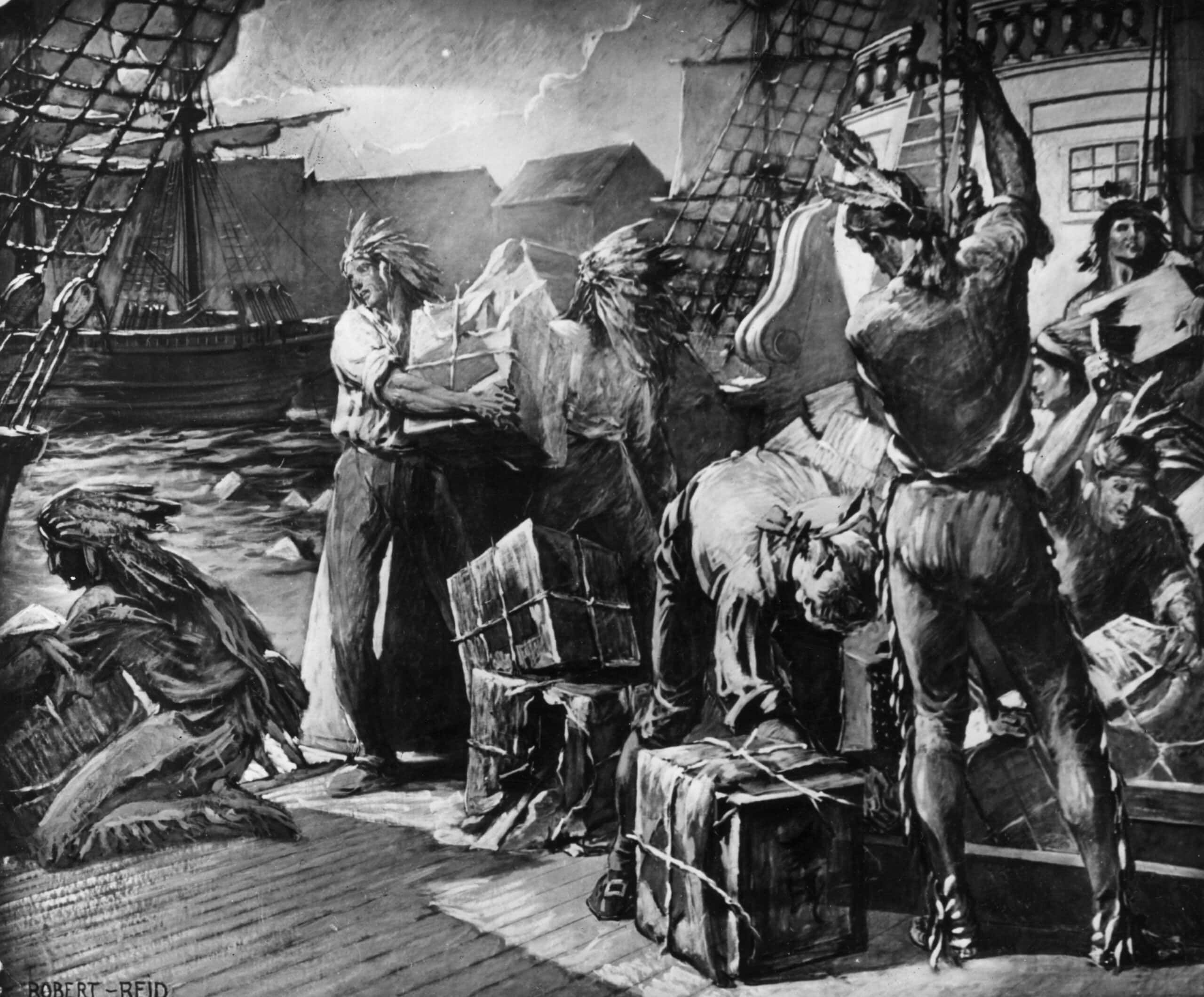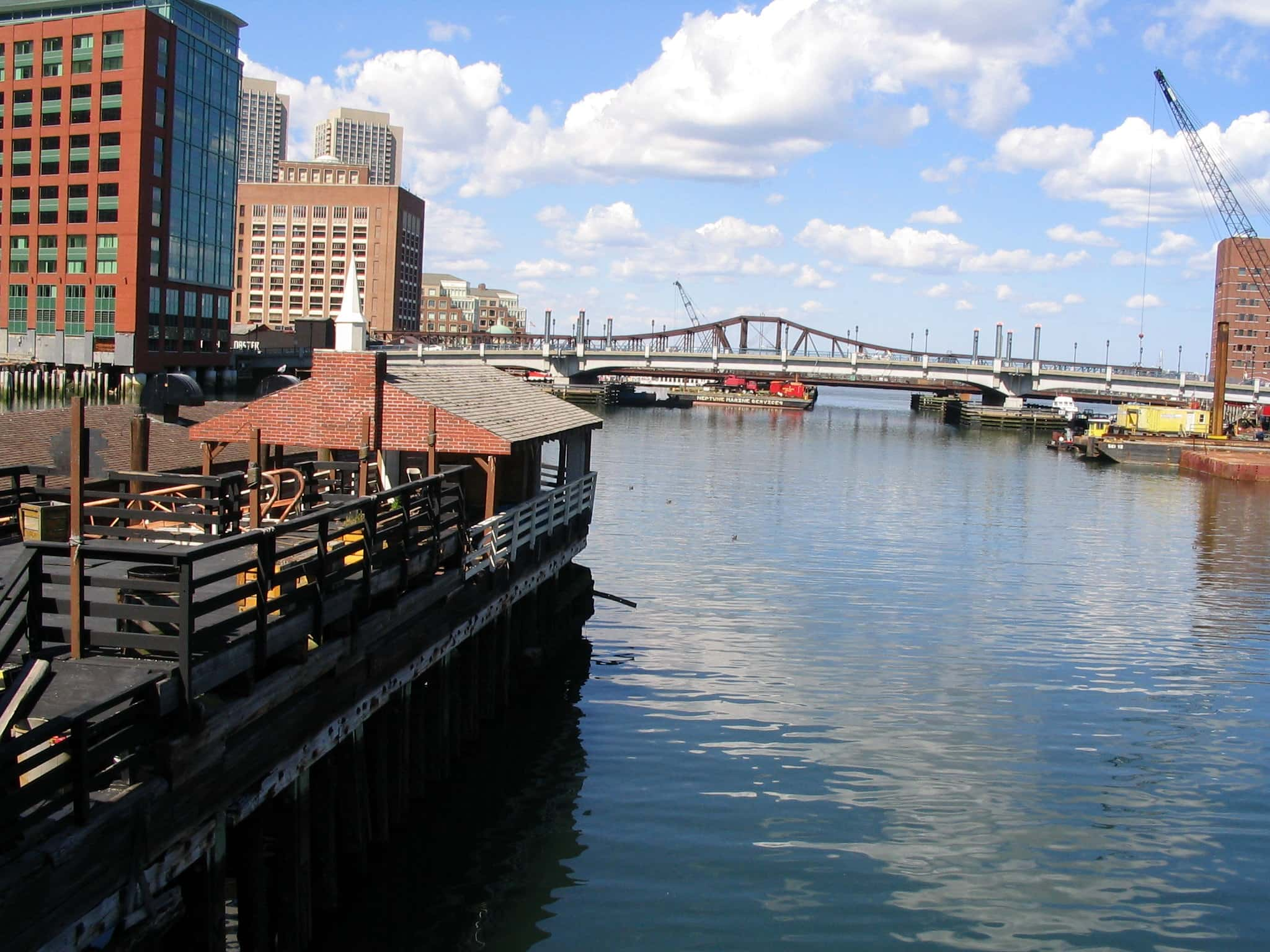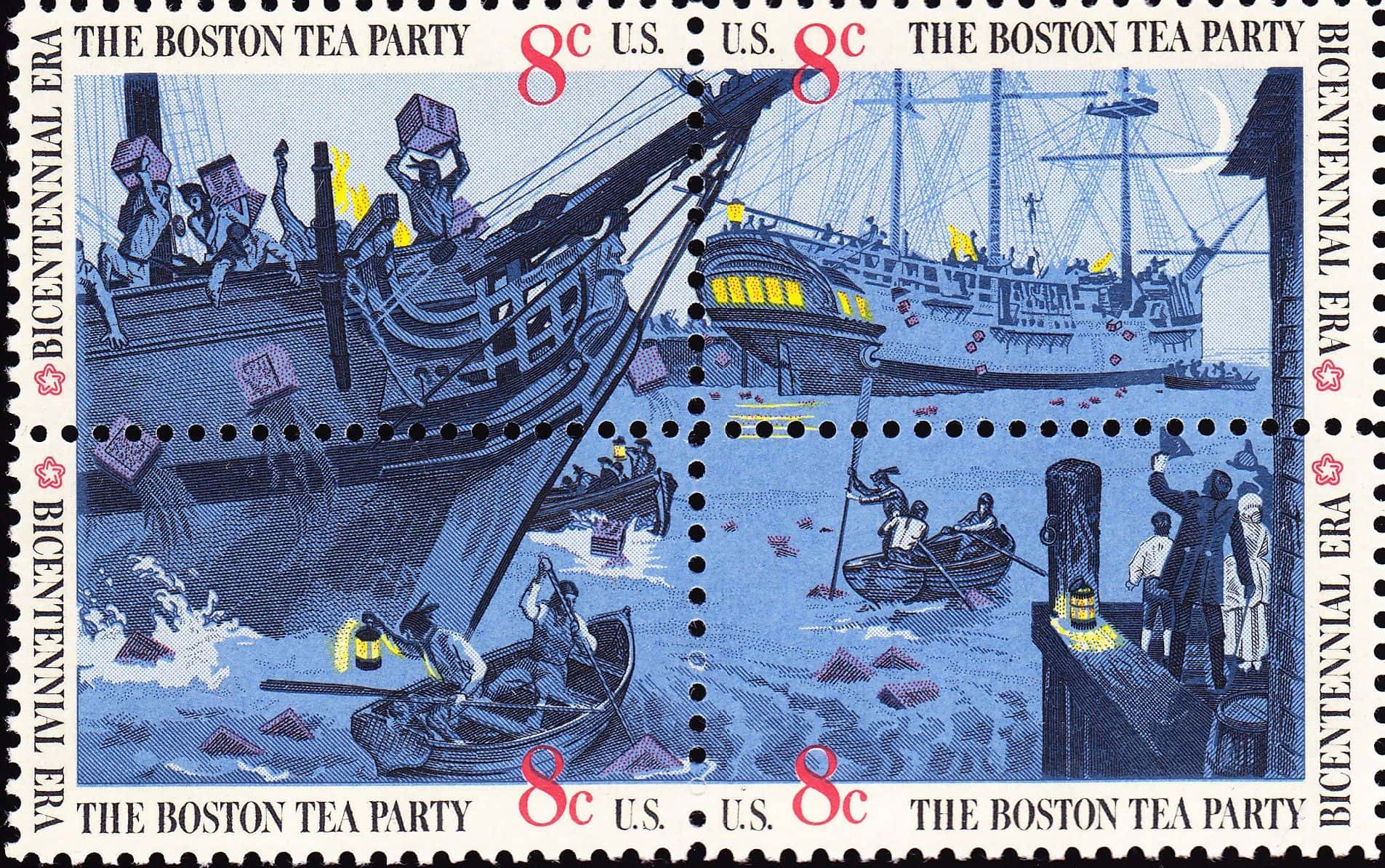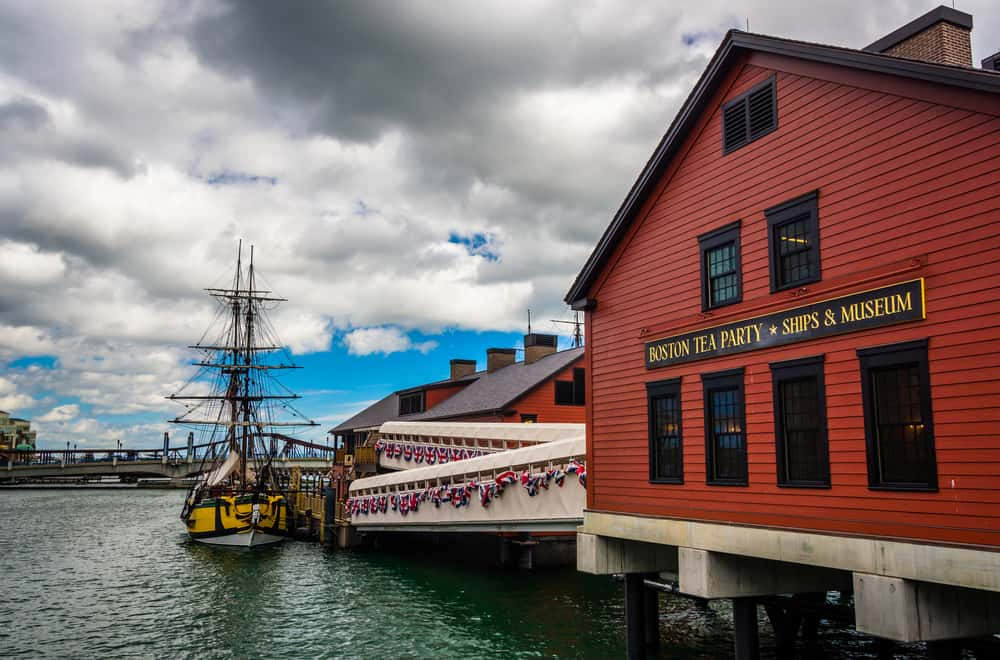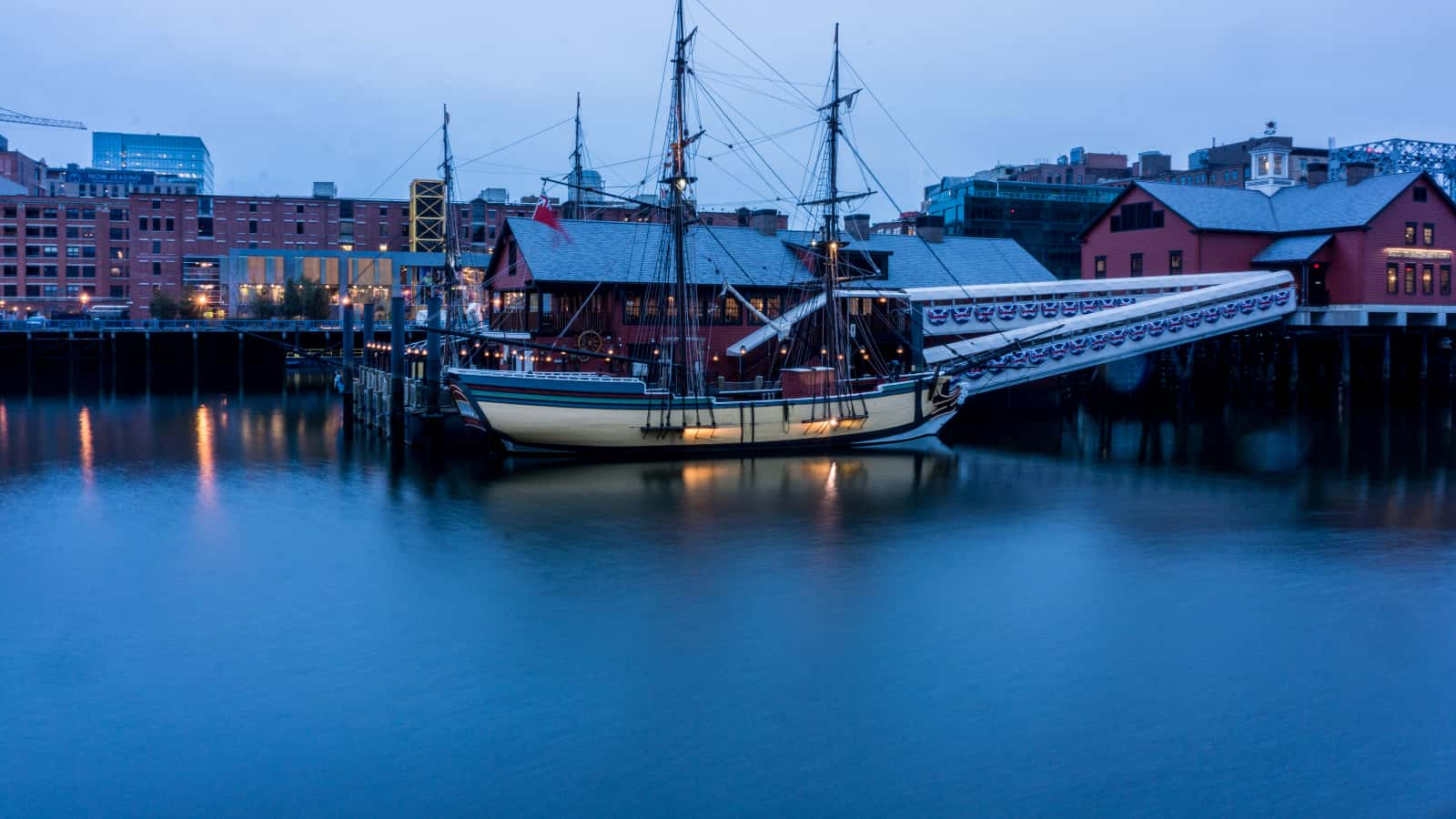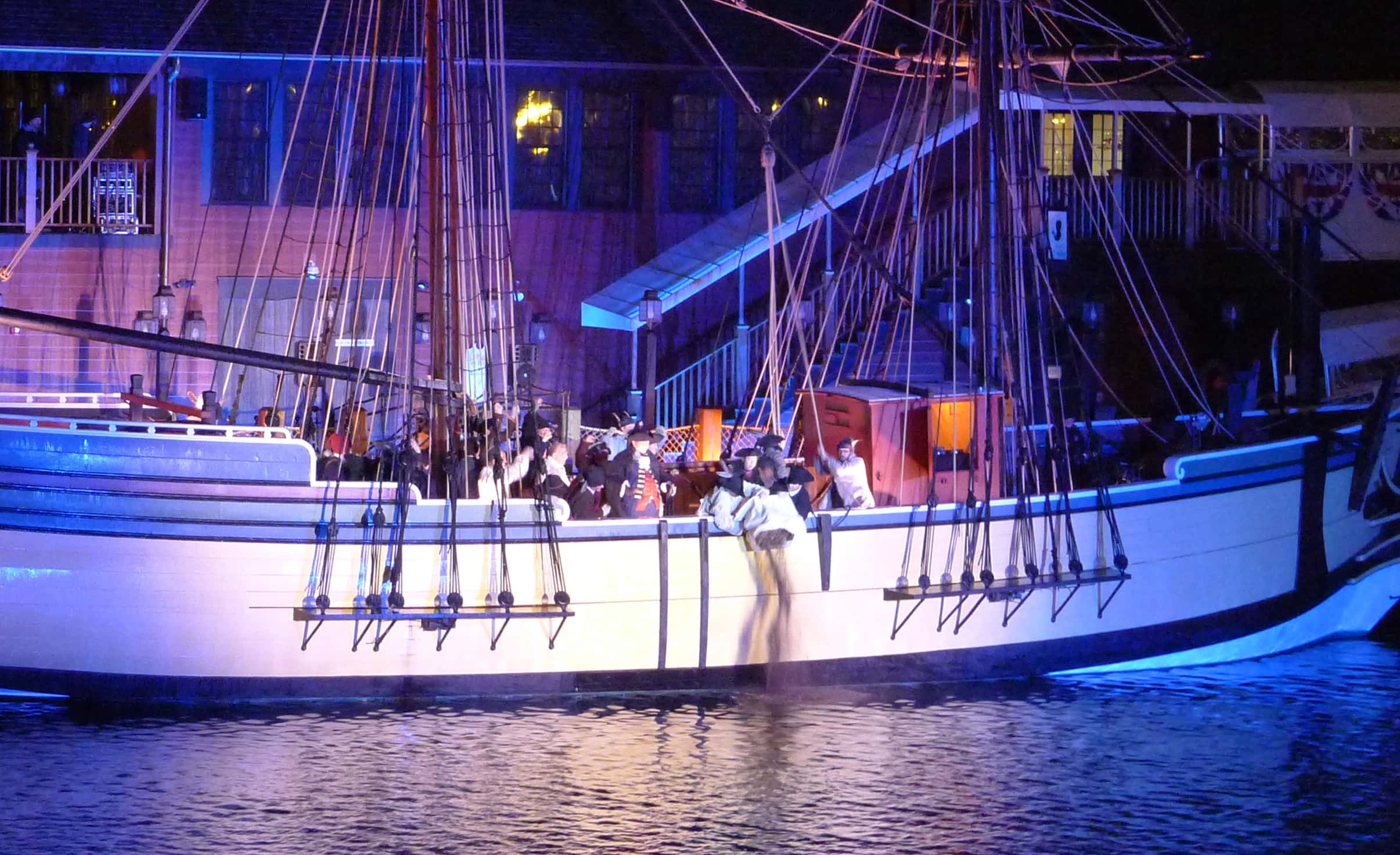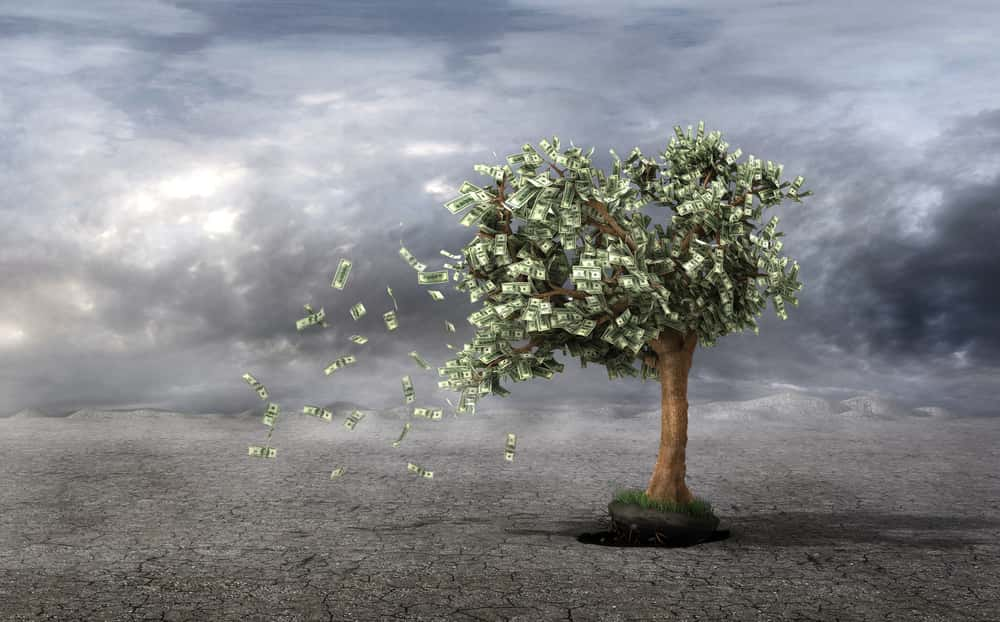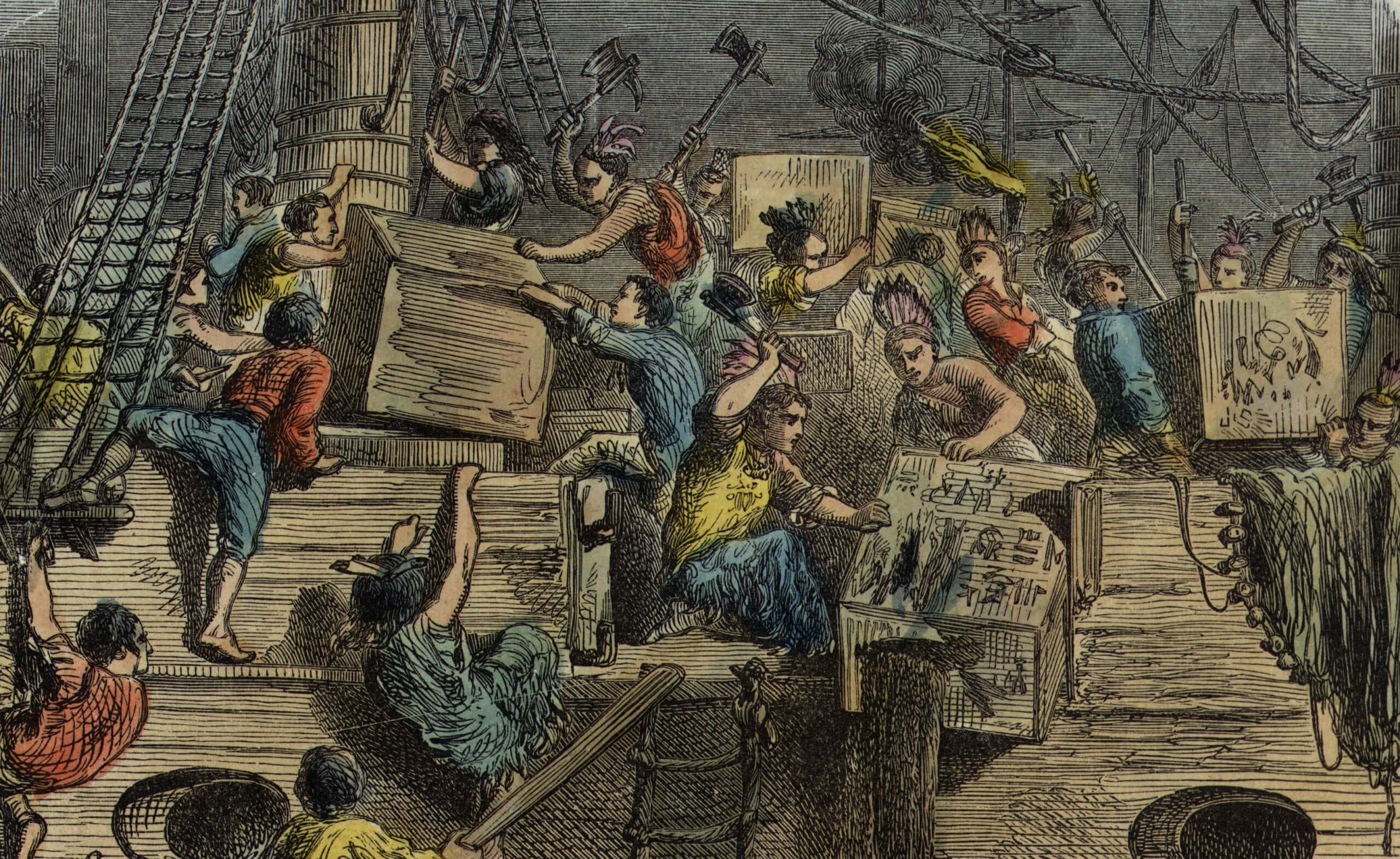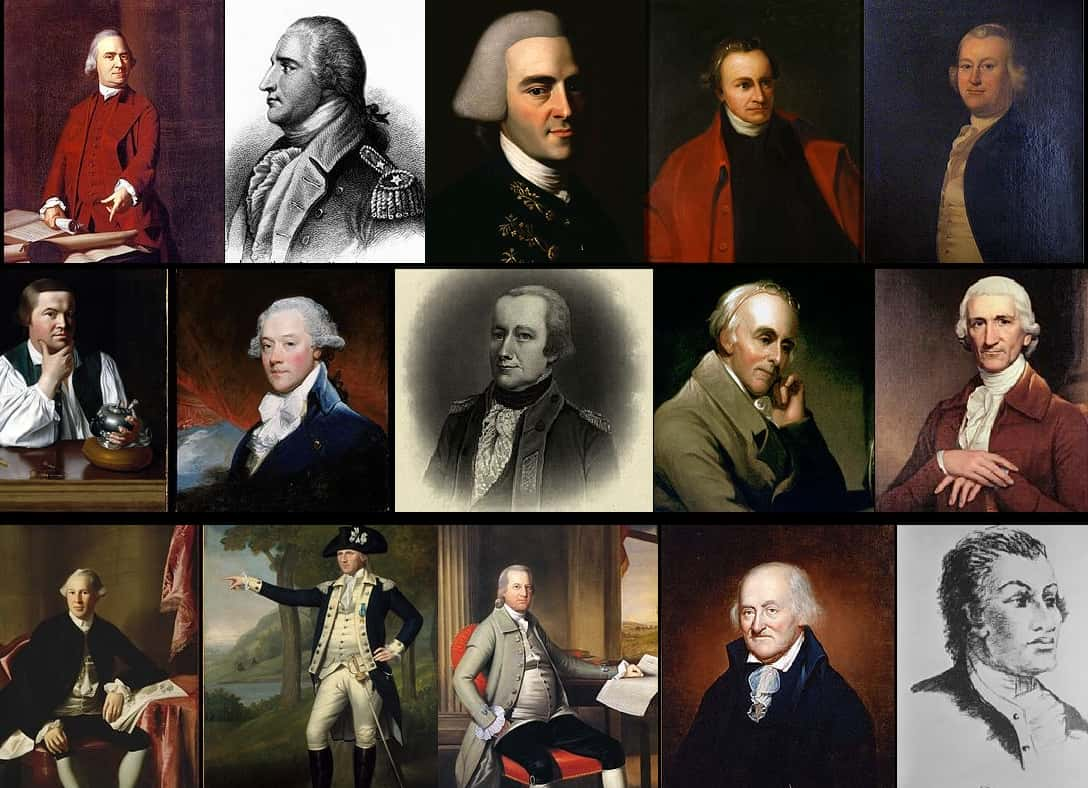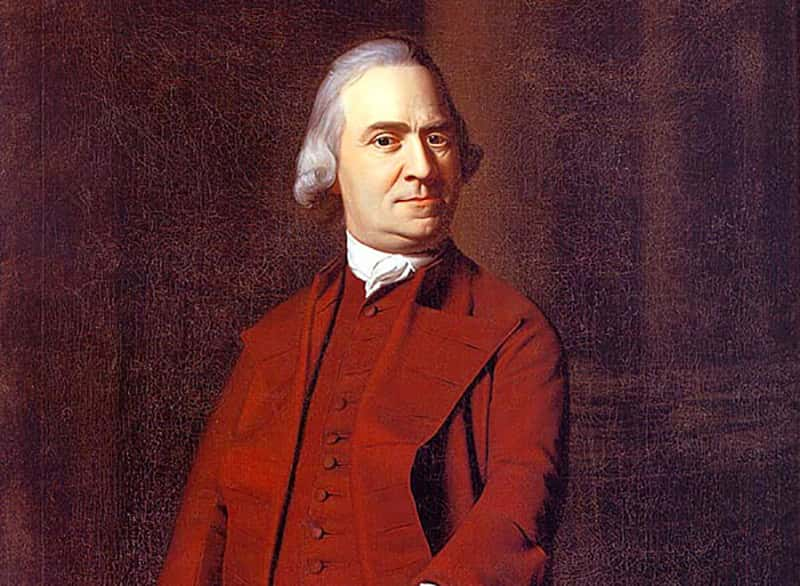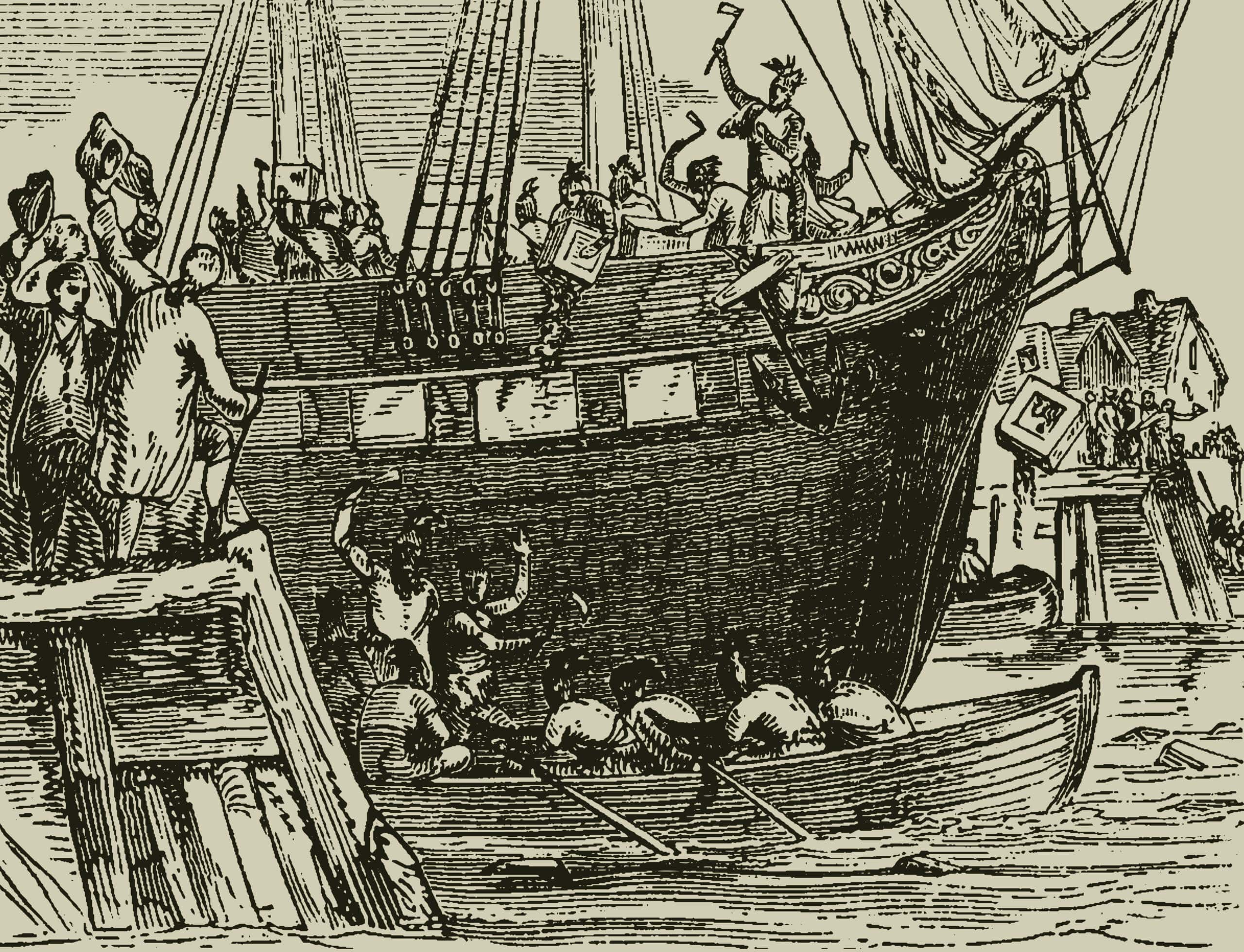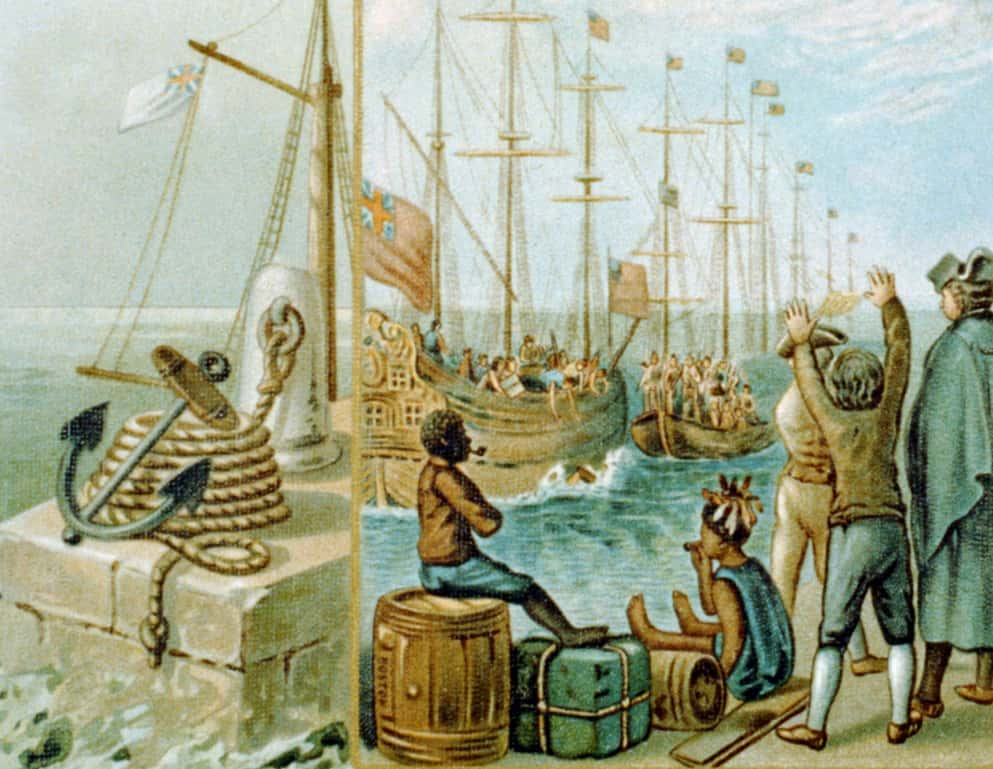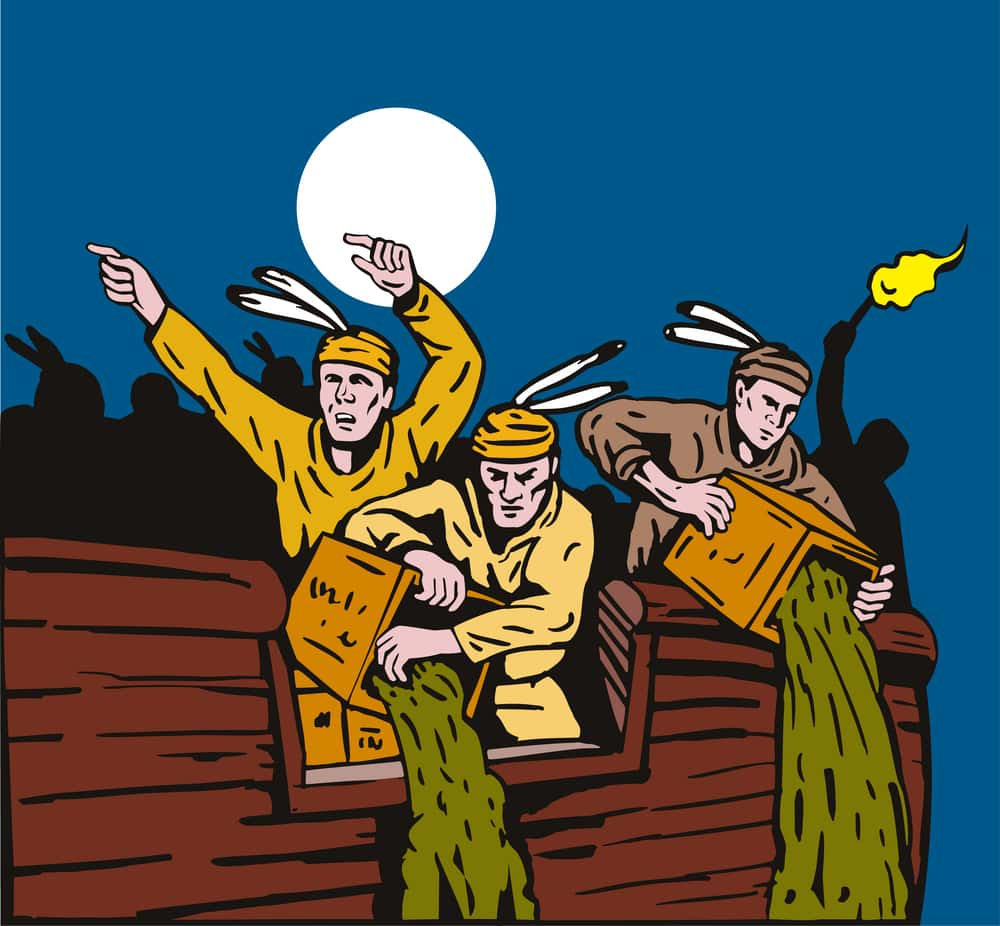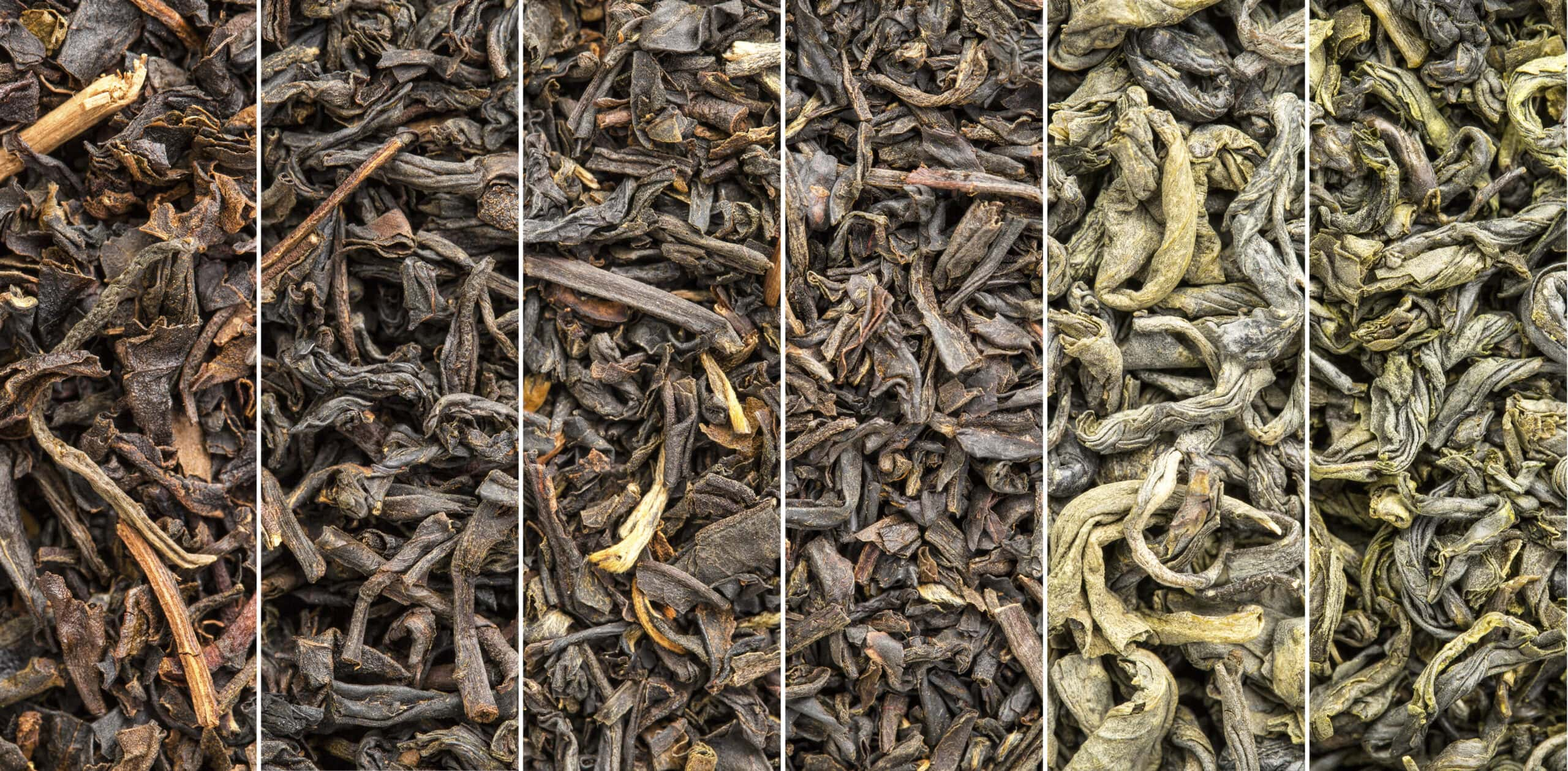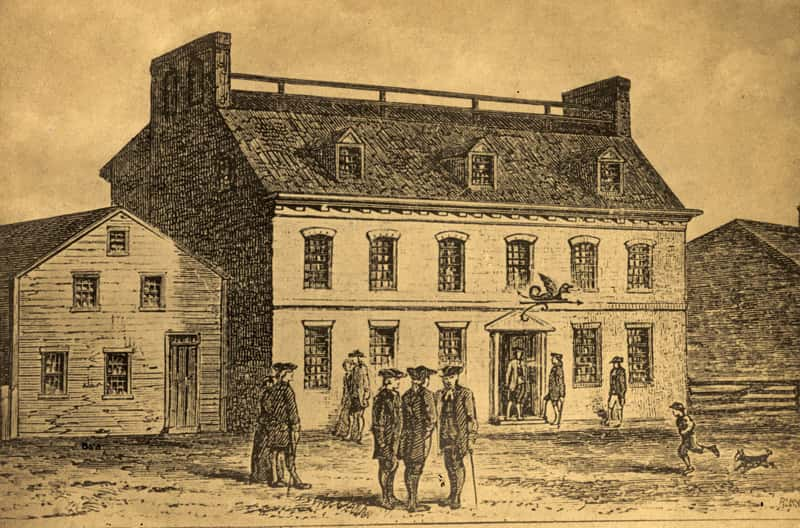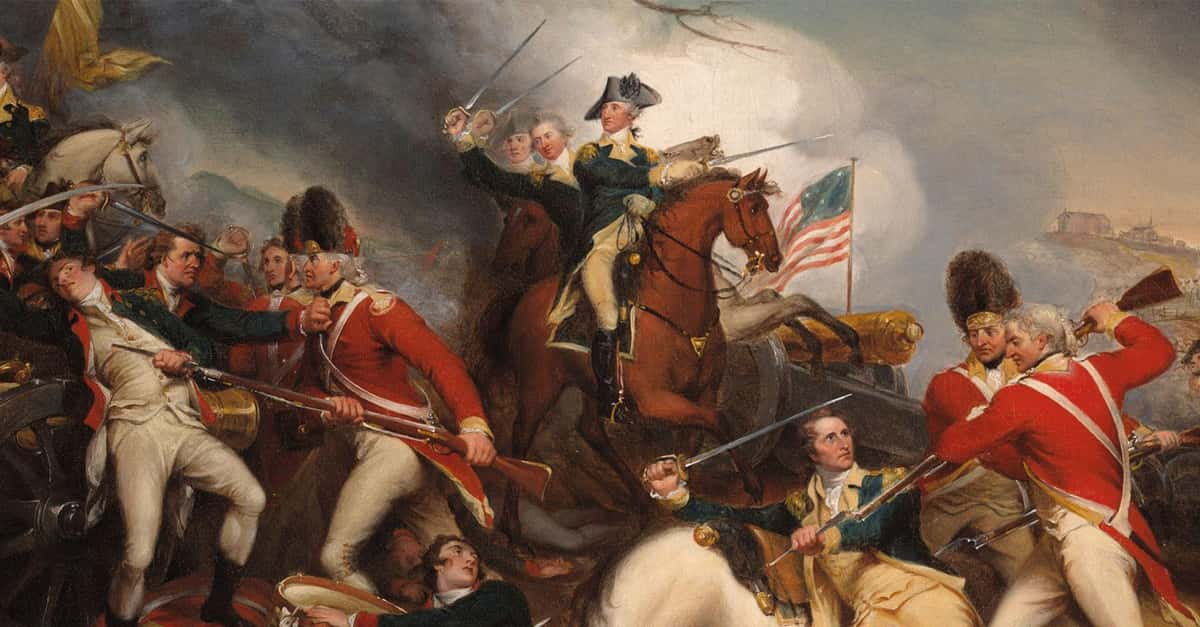History’s Greatest Protest
The Boston Tea Party is one of the great events in the founding of the USA. This, of course, means that there are a lot of myths surrounding the famous night. While it is true that the Sons of Liberty began the rallying cry of “No taxation without representation,” there is a lot that people still don’t know about the Boston Tea Party.
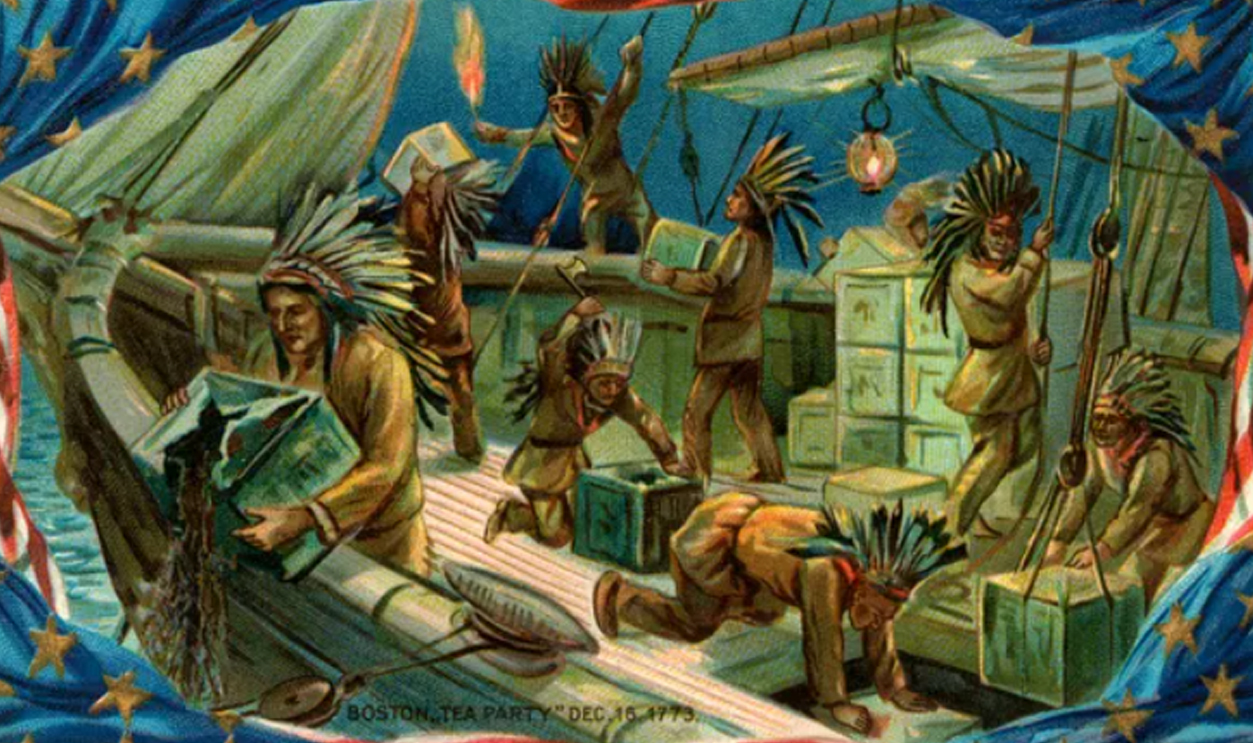
1. It Was All About Taxes
Contrary to what many people think, the Boston Tea Party was actually a protest about a corporate tax break, not a rise in tea taxes. The Tea Act became a law in the spring of 1773, and though it lowered the taxes on tea sold in the colonies, it upheld the most despised part of the Townshend Acts of 1767. This was a duty of three-pence-per-pound against the Americans.
2. No Input Leads To Insurrection
The tea partiers were furious. The Tea Act was yet another instance of the British passing legislation without consulting the colonies. Even worse, this Act was especially egregious. It essentially cut the price of tea in half, leaving the American colonists to figure out how to make ends meet, so that a huge company could rake in the profits.
3. Bailout
The Tea Act was a corporate tax break for a giant corporation in trouble. The East India Company was so vital to the British economy that the country couldn't let it collapse. To solve their problem, they gave the company a monopoly on the tea trade in the Americas. Little did they know, this was a huge mistake that would start a revolution.
4. Cutting Out The Middlemen
A monopoly on the colonial tea trade hugely threatened the livelihoods of merchants in the colonies. After all, the monopoly gave the East India Company the ability to skip the mercantile middlemen. The wealthy traders of the American colonies had reason for serious concern. Pressures were mounting and it wouldn't take long for them to boil over.
5. The Smugglers
The wealthy merchants of the colonies weren’t the only people getting cut out of the picture. The Tea Act also undercut less, shall we say, legitimate business people: smugglers. Smugglers snuck Dutch tea into the colonies at an astonishingly high rate. In fact, the man responsible for kicking the revolt into gear, John Hancock, was a smuggler himself.
6. Elite Disapproval
Soon enough, the rebels came up with a plan: they'd find the ships that carried the tea and dump them into the Province of Massachusetts Bay. However, this wasn't a popular idea. Many wealthy men in the colonies disagreed with the plan. Among them was George Washington, who thought that “their conduct in destroying the Tea” was wrong. Instead, he believed that the East India Company should be compensated for their loss because private property should reign supreme. Many people in the colonies shared a similar sentiment and considered the revolt to be vandalism.
7. Worthy Protest
Washington disagreed with the actions taken by the Sons of Liberty during the Boston Tea Party. At the same time, he understood their goals and believed that on the whole, theirs was a worthy protest. As he stated, “the cause of Boston…ever will be considered as the cause of America.”
8. Storming The Ships
On December 16, 1773, a group of men dressed as Indigenous people and stormed the ships that carried tea. After overpowering the crews, the mysterious men revolted by throwing all the tea they could find over board. In total, they sent 342 chests of tea into the water.

History's most fascinating stories and darkest secrets, delivered to your inbox daily.
9. The Intolerable Acts
The Boston Tea Party was the act that kicked off the road to the Revolutionary War, but it wasn’t the tea party itself that got the colonists on board with a full-on revolt. Nope. Ironically, it was the British punishment against Boston that rallied the colonists into widespread action. The punishments became known as “Intolerable Acts,” as they expanded the widely hated Quartering Act and closed the port of Boston until damages were fully paid. The people were ticked, and soon they'd make the British pay.
10. Continental Congress
The Intolerable Acts led to the formation of the first Continental Congress.
11. Secret Actors
The identities of the protestors who tossed the tea into the harbor remained a secret for many years following the Boston Tea Party. In fact, to this day, no one knows exactly who all of the participants were.
12. Bland Name
For years after the Boston Tea Party, the event lacked a good nickname. The people of Boston simply referred to it as “the destruction of the tea.” What they lacked in creativity, they made up for in revolutionary spirit.
13. Popularizing The Party
The earliest printed reference to the destruction of the tea as the “Boston Tea Party” occurred in a newspaper in 1826. Later on, in the 1830s, the books A Retrospect of the Tea-Party and the Traits of the Tea Party would spread the now-iconic moniker throughout the United States.
14. A Second Going
Only three months after the first Boston Tea Party, a second one took place in the Boston Harbor. This time, 60 men in disguise took over a ship and tossed a measly 30 chests of tea into the water. As we all know, sequels are hardly ever as good as the original.
15. More Parties
It wasn’t just a sequel that took place in wake of the Boston Tea Party. Far from it: replications of the event popped up all over the port cities of the colonies. People protested the Tea Act by storming ships and dumping their tea into harbors everywhere from New York to Charleston, South Carolina.
16. Financial Losses
There is no way to know exactly how much tea was dumped into the harbor, however, historians estimate that the protestors disposed of over 92,000 pounds of tea. That sure is a lot of tea, enough to fill up about 18.5 million individual teabags. The estimated cost is upwards of $1 million, adjusted for inflation.
17. One Man Injured
The only person to sustain an injury during the Boston Tea Party was John Crane, who took a falling crate to the head. After he fell unconscious, his brothers-in-arms hid his body in a carpenters' shop under a bunch of wood shavings. They believed that he was deceased, but nope! He recovered and went onto a celebrated military career.
18. Partying For Hours
The tea partiers sure made a night out of it. All in all, it took over 100 people three hours to throw 342 crates of tea into the harbor.
19. Loose Tea Leaves
Though the Sons of Liberty dumped 342 crates of tea, the crates themselves didn't actually make it into the water. Instead, the revolters chopped them open and dumped into the harbor, as they were simply too heavy to lift up and throw. Inside of each crate lay loose tea leaves, not bricks of tea, as is portrayed in many depictions of the event.
20. The Leadership Behind It All
It was Samuel Adams who led the Sons of Liberty.
21. Dressing Up
Many of the tea party protestors disguised themselves as Mohawks.
22. Private Ships
Here's a strange fact about the Boston Tea Party. The vandalized ships weren’t actually British vessels. Instead, they were privately owned ships, and some were partially owned by fellow American colonists!
23. Missing Ship
The Sons of Liberty boarded and vandalized three ships during the Boston Tea Party, but that was only because the fourth ship that Britain sent never made it to Boston. The three ships were the Dartmouth, Eleanor, and Beaver, while the fourth one, which became stranded in Cape Cod was called the William.
24. Tea Origins
While the British owned the tea at the heart of the Boston Tea Party revolt, the specific tea that fell overboard was not of Indian origin. It was actually Chinese tea, a black tea known as “Bohea.”
25. Spy Games
Though they wore disguises and their identities were kept secret, the tea partiers had to flee Boston for safety after the event. It turned out that one of the leaders of the Sons of Liberty was actually a British spy.

